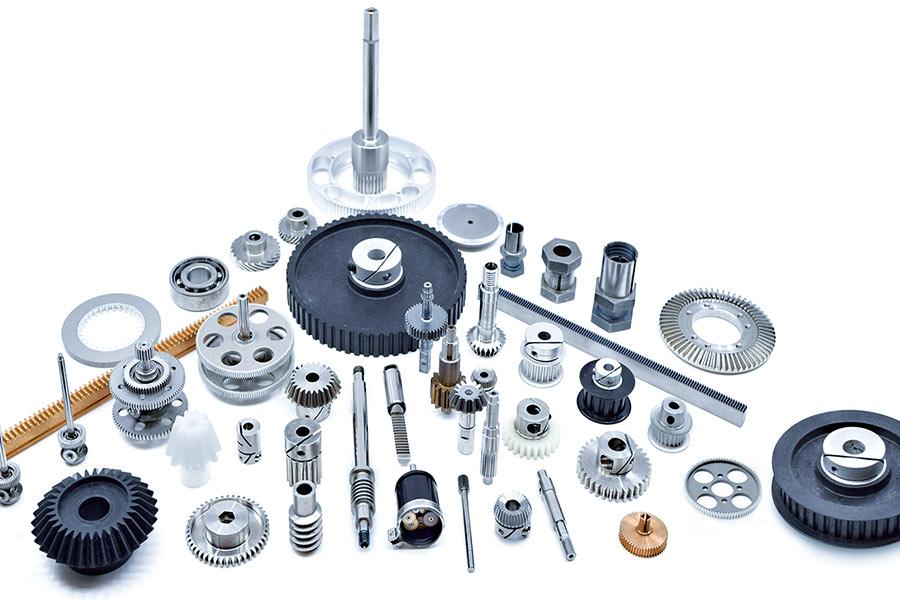The most annoying thing about gears is not the design itself, but seeing a million-dollar equipment stop production because a gear worth a few hundred dollars wears out prematurely.
We have seen this situation before, and the problem often lies at the root,the wrong material.Choosing the right material forcustom gearsis very critical, which directly determines the performance, life and reliability of the gears. Whether it is industrial equipment, automotive transmission, or precision instruments, if the material is wrong, no matter how good the design is, it will be difficult to perform, and it will also affect the production adaptability of subsequent gear machining parts.
There are many materials on the market, including alloy steel, copper alloy, aluminum alloy, and engineering plastics (thermoplastics), each with its own characteristics and advantages.There is no absolute "best". The "strongest" may not be the "most suitable" for you.The key depends on the specific application scenario of your gear: load size, operating environment, precision requirements, and cost considerations.
At JS, we help you sort out these core needs. Combined with our extensive practical experience, starting from your actual application scenario, we analyze the characteristics of different materials and find the option with just the right performance, life and cost. Let the gears of a few hundred yuan steadily support your million-level equipment. Let's start with theright materialto support your critical equipment.
Core Answer Summary:
Choosing gear materials is actually a trade-off, depending on where you use it:
| If your primary goal is... | Preferred material category | Typical brand/material | Key considerations |
| Capable of withstanding extremely high torque | Alloy steels. | 4140, 4340, 9310. | Must undergo heat treatment (quenching, carburizing). |
| Lightweight/High Speed | Aluminum alloy/high-performance plastic. | 7075-T6 aluminum, acetal (Delrin) ®). | Limited load capacity, pay attention to fatigue life. |
| Silent operation | Engineering plastics. | Nylon, Delrin ®). | Carrying capacity and temperature resistance are key trade-offs. |
| Corrosion resistant/food grade | Stainless steel/PEEK. | 304/316 stainless steel, PEEK. | High cost, may have lower strength than alloy steel. |
This article will answer your questions:
- We have summarized a practical 4-step material selection method to help you sort out your thoughts.
- From common carbon steel to special engineering plastics, I will analyze the applicable scenarios of different materials.
- Finally, through a real robot joint gear material selection case, we will show you how we find the best solution step by step. This method can help you quickly and accurately lock in the most suitable material incustom gear manufacturing.
Why Should You Trust This Guide? JS's Gear Engineering Practice
The value of this guide comes from JS's in-depth practice in the field ofgear engineering. We are not a simple processor, but a partner who actually solves engineering problems with customers.
When selecting materials,we consider the essence of engineering:For example, when choosing 4140 steel, it is not enough to just know that it is strong. We have to calculate the contact stress and bending stress of its tooth surface, and then decide whether tosurface quench it or temper it as a whole.For nylon materials, we know how much it will expand in a humid environment. When choosing PEEK, we are more concerned about whether it can still hold up at high temperatures.
This is not empty talk. From precision gearboxes that require exacting precision in medical equipment to heavy-duty gears that withstand extreme impact loads, we have personally made thousands ofgear machining parts.Every Gear machining part undergoes strict quality inspection to ensure compliance with customer requirements for accuracy and strength.
How to optimize costs while meeting performance (such as noise reduction and life extension) through precise material selection and matching manufacturing processes - these core capabilities are the crystallization of our experience.
"As Peter Drucker, the father of modern management, pointed out: efficiency is doing things right, effectiveness is doing the right things."
In the selection of gear materials, pursuing "high efficiency" with a single performance may be counterproductive. This guide shares how we help customers find the "right thing", that is, the material solution that best balances performance and reliability under the constraints of your specific application.
The content of this guide is a practical summary of our daily help to customers solve problems. Believe it, that is, believe in the experience of our JS team in exchange for real money, which can help you avoid the pitfalls of material selection, save unnecessary losses, and make the process of custom gear machining manufacturing smoother.
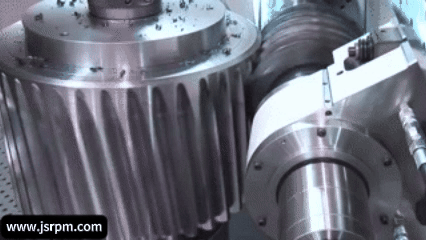
4-Step Engineering Decision Process For Gear Material Selection
We never determine the gear material for our customers directly. Our decades of experience have proven that in order to reach the best combination of performance, life and cost,we must systematically solve the following four basic questions:
Step 1: Load Condition Analysis - How much force does it resist?
Core Questions:How much torque is this gear to transmit? Is operation continuous and smooth, or is start-stop and impact loading prevalent?
Design Impact:
This directly determines the required core strength (fracture and deformation resistance) and toughness (impact resistance) of the material. High impact or torque loading requires more robustalloy steels(e.g., 4340 or 8620 case-hardened steel), while light load and smooth operation can consider lower-costing materials (e.g., certain engineering plastics or plain carbon steel).
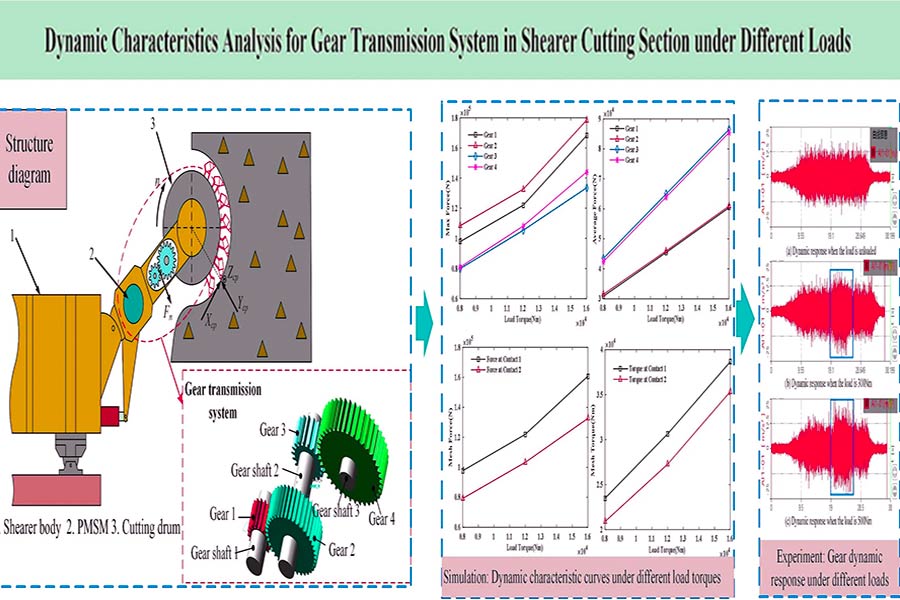
Step 2: Speed and Life Requirements - How long does it need to run?
Core Questions:What is the design speed (RPM) of the gear? What are the lubrication conditions (oil bath, splash lubrication, or boundary lubrication)? How many hours or cycles is the expected working life?
Design influence:
Demands of high speed and long life place additional demands on the surface wear resistance and fatigue strength (cyclic load failure resistance) of the material. High speed can lead to a rise in temperature, affecting material performance.Good lubricationwill enhance life, but the material's own wear resistance and fatigue resistance are the decisive factors. Materials that have goodsurface hardeningand fatigue resistance such as carburized quenched steel and nitrided steel are favored.
Step 3: Environmental issues of the workplace - what kind of conditions does it work under?
Main question:Will the equipment be exposed to water, corrosive chemicals, high or low temperature environments? Does the application area require special certification (e.g., food grade FDA or medical grade USP Class VI)?
Design impact:
- The environmental factors directly impact the chemical stability (resistance to corrosion) and temperature stability. (temperature range to maintain performance) of the material.
- Consider the following critical thought: Environmental requirements frequently have a direct impact on your total cost. Not only is the material itself more expensive, but also theextra processingand certification costs can be higher.These will all be reflected in the Gear machining price.
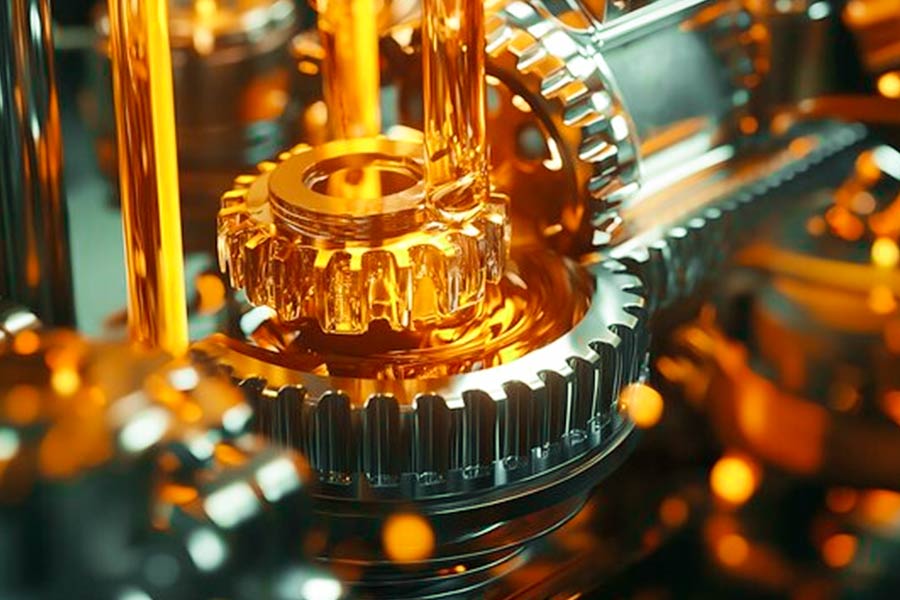
Environmental requirements are usually the center of cost escalation. Both the material itself and the added processing/certification costs need to be considered:
| Working environment requirement | Typical applicable materials | Relative cost coefficient of basic steel | Additional processing/authentication cycle | Key considerations (data reference source) |
| Standard industrial environment | Carbon steel (e.g. 1045). | 1.0x (benchmark) | Short/Low | Economically efficient and highly versatile (World Steel Assoc.) |
| Slight corrosion/moisture | Surface hardened steel (e.g. 4140). | 1.3x - 1.7x | Medium (heat treatment) | Heat treatment is required to enhance surface hardness and limited corrosion resistance (ASM International) |
| Strong corrosion (chemical/marine) | Austenitic stainless steel (e.g. 316)/duplex steel. | 3x - 8x | Length/Height (Material Certification) | Excellent corrosion resistance, increased processing difficulty, and long lead time risk (S&P Global Commodity Insights) |
| Continuous high temperature (>150°C) | High temperature alloys (e.g. heat-resistant steel). | 5x - 15x+ | Very high/special skills | Material scarcity, high temperature strength requirements, and complex processing (ICIS Pricing Reports) |
| Food grade/Medical grade certification | Specific stainless steel/high-performance plastic. | 2x - 10x | Specialty/Extremely High (Strictly Certified) | The USP Class VI/FDA certification process is time-consuming and expensive (Industry Benchmarking Data) |
Step 4: Precision and noise control - how quiet does it need to be?
Core question:What are the requirements for the precision of gear meshing (such as backlash control)? What is the maximum noise level allowed during operation?
Design impact:
High precision and low noise requirements will affect material selection. Metals can usually achieve higher precision and strength. Engineering plastics such as POM or nylon have advantages in vibration reduction and noise reduction, but their strength and thermal performance are limited. Higher precision means higher processing costs. When providing online gear machining services to customers, clear precision and noise indicators are key inputs to determine the right materials and optimal processing technology.
Choosing the right gear material is the result of a comprehensive consideration of performance, life and cost. By systematically analyzing the four core elements of load, speed life, working environment and precision noise,we can accurately lock in the optimal solution, avoid waste caused by insufficient performance or over-design, and make the custom gear machining manufacturing solution more in line with customer needs.
"When you submit your gear requirements through JS's online platform, providing these key parameters will enable us to match materials and process solutions for you faster and more accurately to ensure that your gear system operates efficiently and reliably."
Practical Case Analysis: Selecting Gear Materials For High-Precision Collaborative Robot Joints
No matter how much you talk about the theory, you still have to see the implementation. The following is a real example of how ourJS decision-making method actually helps customers solve problems.
Case: Developing a drive gear set for a new collaborative robot arm
Project background:A robot startup company with a lot of ideas is making a collaborative arm with 7 joints.
Their core demand is to design agear transmissionsystem for joint drive that is both lightweight, high-precision and low-noise. The customer's initial plan is to use all 7075-T6 aviation aluminum alloy gears, thinking that this is the lightest. They put forward the demand for custom gear machining manufacturing to us, and explicitly required the use of 7075 aluminum.
Challenges faced and JS's evaluation:
The customer came to us with the design drawings, and we used the four-step framework for in-depth analysis:
(1) Load and strength evaluation:
- The customer calculated that the daily operation force was not large, but when I looked into it, I found that the "emergency stop" condition would generate an impact force up to 5 times the average load.
- Here comes the problem:Under such impact, the bending stress of the tooth root of7075 aluminumgear will exceed its fatigue limit, and it is likely that the teeth will break after thousands of emergency stops. This clearly shows that the selection of the"strongest gear material"must consider the specific working conditions rather than a single material property.
(2) Speed and durability evaluation:
- The gear at the end of the joint rotates very fast. If aluminum is used to mesh with aluminum gears, the friction heat is too strong and the wear is fast.
- Prediction result:The customer requires the gear to last for 10,000 hours. Under this situation,7075 aluminum may not reach the end. This also means that the custom gear manufacturing solution needs to be re optimized.
(3) Precision and noise evaluation:
7075 aluminum has good machinability, and we can indeed make aluminum gears very precise, which is no problem. However, the noise level generated by the meshing ofmetal gearpairs does not meet the core requirement of low noise in the "human-machine collaboration" environment of collaborative robots.
JS's optimization plan and value creation:
We didn't directly pour cold water on the customer and say "you can't do this", but proposed aninnovative "hybrid material system" plan:
Solution 1-high load, low speed first stage reduction gear:
Material:Replace with 4140 alloy steel and perform nitriding treatment on thetooth surface.
Why is it so applicable?
Alloy steel is particularly resistant to impact and can withstand the test of emergency stop. The nitridinglayer greatly improves the surface hardness and wear resistance,while controlling the heat treatment deformation to an extremely low level, ensuring the transmission accuracy. This is an ideal choice for bearing critical impact loads.
Solution 2-low load, high speed second stage reduction gear:
Material:Glass fiber reinforced nylon (PA+GF) is used.
Advantages: This trick is amazing! It is lighter than aluminum, and the key is to greatly reduce meshing noise and vibration! Meet the requirements of the human-machine collaborative environment. Nylon itself has a lubricating effect and is naturally suitable for high-speed operation. It reduces friction and wear and increases the service life of this high-speed stage. It perfectly solves the problem of"what material is best for plastic gears".
Effect and value:
Our blended material solution was embraced by the client. As a result, not only did the finalrobot jointmeet the weight requirement, but even exceeded expectations in terms of lifespan and quiet operation! The power of our JS lies in ourproper grasp of various materials and the way robots work.We saved a close-to-failed solution for the client through our vast experience.
| Evaluation dimensions | Customer initial plan (all 7075 aluminum) | JS optimization solution (steel+nylon hybrid) | Optimization effect | The core value created for customers |
| Life expectancy | <10000 hours (high risk). | >15000 hours (reliable). | Lifespan increase>50%. | Reduce maintenance costs and improve product reliability. |
| Emergency stop reliability | Low (there is a risk of fracture after thousands of cycles). | High (withstand design impact load). | Eliminate the risk of accidental failure. | Ensure operational safety and avoid potential losses. |
| Noise level | High (metal meshing sound, affecting collaborative experience). | Significantly reduced (in line with human-machine collaboration requirements). | Significantly improve the friendliness of the working environment. | Enhance product competitiveness and meet basic needs. |
| Cost of single set gear processing | Basic cost $X. | Comprehensive cost $Y (X<Y<1.5X). | The cost is slightly greater, but the value has significantly improved. | Excellent input-output ratio (ROI) and higher total cost-effectiveness. |
Note: The values in the above table are a rough estimate based on project parameters. Your owngear machining price($X, $Y) has to be calculated appropriately according to the actual design, usage of material and current market rates. We have a simple online gear machining services website for getting your own individual gear machining manufacturing quotation at your fingertips.
Key data insights: Material selection affects the global supply chain
Our achievement also tracks with the direction of the international robot components market trend.
| Gear material type | Global trade volume in 2023 (in billions of US dollars) | Application area | Annual growth rate | Average unit price trend | Main driving factors |
| High strength alloy steel gear | 178 | Industrial robot joint drive. | +12% | Stable increase (benchmark price+8%). | Collaborative robots require increased load and high reliability. |
| Engineering plastic gears | 65 | Collaborative robot end joint. | +28% | Decrease (benchmark price -5%). | Lightweight, noise reduction requirements, popularization of 3D printing/customized processing. |
| All aluminum alloy gear | 42 | The overall demand for the plan has decreased. | -3% | Fluctuations remain stable. | Specific lightweight scenarios, but limited by intensity noise. |
Source: International Federation of Robotics IFR and UN Comtrade, the latest analysis in 2024
"To select gear materials for collaborative robot joints, it is necessary to comprehensively evaluate load characteristics (especially impact), speed, life and noise requirements. JS has successfully solved the customer's composite challenge of lightweight, high reliability and low noise through scientific analysis and innovative layered material solutions (steel + special engineering plastics).Contact JSengineers immediately and let our professional gear solutions inject the core competitiveness of reliability and silence into your robot joints!"
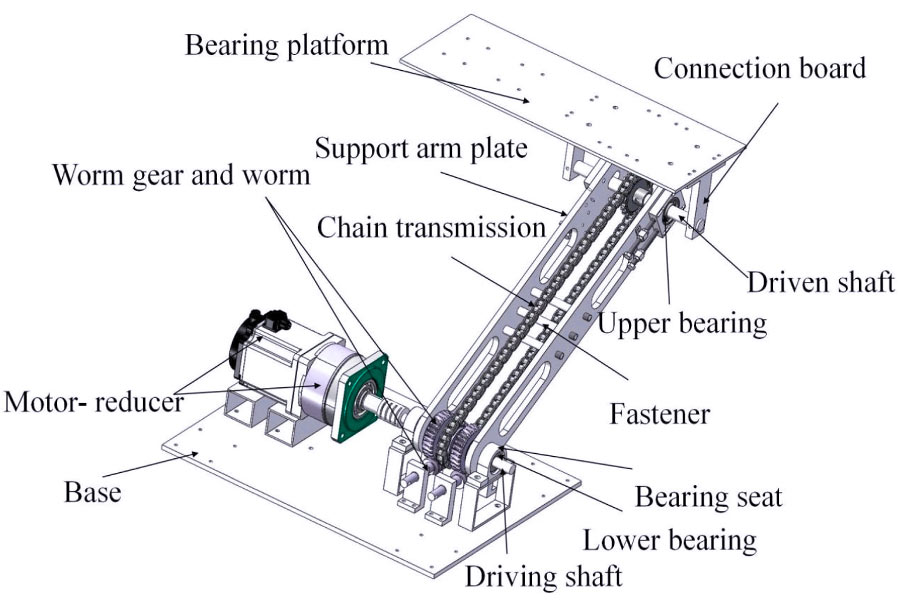
FAQ - Quick Questions And Answers About Gear Materials
How to choose steel gears or plastic gears?
As an engineer, my recommendation is very simple: it is a matter of performance or cost.
- Want to carry heavy loads, withstand high speeds, and last long? Employ steel gears.It is durable and resistant to wear and tear, and is also the first and foremost choice in power transmission and main equipment. Of course, the cost is more as well.
- Seeking light, quiet, low expense, or maintenance free? Plastic gears are the solution. It excels at light and intermediate load applications, i.e., office machines, home appliances, toys and other areas that are sensitive to weight and noise.
Simply put, apply steel for high stress transmission and stringent working conditions, apply plastic for cost-saving applications, such as low load and noise attenuation requirements. Apply specific application condition, andI will help you choose the right one.
What is "heat treatment" in steel gears?
In plain terms,heat treatment is an important process for us to strengthen steel gears.Heat treatment enhances the overall capacity of gears significantly by regulating heating and cooling in a precise way.
- General heat treatment (such as quenching and tempering): Harden the gears internally from the outside, not likely to deform or shatter, and suitable for environments where overall strength is required.
- Surface hardening treatment (such as carburizing and high-frequency quenching): The focus is to make the gear contact surface extremely hard and wear-resistant, resist wear, and maintain toughness inside to absorb impact and vibration. This is the standard configuration ofhigh-performance gearsfor harsh working conditions (such as heavy loads and impacts).
Core value:Most potential of steel gears is lost without heat treatment. What kind of treatment to use is only determined by what kind of "test" your gear will have to go through.
Can I make working gears with 3D printing?
Yes, depending on the application one has in mind.
Using high-performance materials (such as carbon fiber nylon or PEEK) with the right 3D printing process (such as SLS), we can indeed quickly make gears that can actually work. This is very valuable in scenarios where design verification prototypes, small batch customization or replacement needs are particularly urgent.
However, you have to understand its limitations:the strength and precision of3D printed gearsare generally not as good as metal gears made by traditional machining (such as cutting or grinding). Therefore, it is more suitable for light to medium loads and non-long-term high-strength occasions. If you are looking for the highest reliability and life, traditional manufacturing methods are still a safer choice. Of course, it is best to evaluate whether it can be used in combination with your actual working conditions.
Summary
Choosing agear materialis a key decision that directly affects the performance and reliability of your system. The idea is to combine the actual needs, not to blindly follow the "strongest". It is necessary to comprehensively consider specific working conditions such as load, speed, environment, etc., and make scientific trade-offs.
Want to solve the material selection problem and advance the project immediately? It's very simple:
- Confused about steel or plastic? Worried about strength or cost? Send me your working conditions (load, speed, environment) and drawings! The JS team provides professional material selection analysis to help you avoid misunderstandings andlock in the most suitable materials.
- Need fast and reliable gears? Upload drawings to our online gear machining services platform. We not only process, but also provide full process support from material selection suggestions toprecision manufacturing.
- Want to know how much it costs and how long it will take to do it right away? After submitting the drawings, you will get a clear gear machining price and delivery time within 24 hours, without hidden fees, so that you can make decisions quickly.
Don't let material selection and processing delay progress! Upload drawings now, get exclusive solutions and quotes, and let your project run smoothly!
Disclaimer
The contents of this page are for informational purposes only.JS seriesThere are no representations or warranties, express or implied, as to the accuracy, completeness or validity of the information. It should not be inferred that a third-party supplier or manufacturer will provide performance parameters, geometric tolerances, specific design characteristics, material quality and type or workmanship through the Longsheng Network. It's the buyer's responsibilityRequire parts quotationIdentify specific requirements for these sections.Please contact us for more information.
JS Team
JS is an industry-leading companyFocus on custom manufacturing solutions. We have over 20 years of experience with over 5,000 customers, and we focus on high precisionCNC machining,Sheet metal manufacturing,3D printing,Injection molding,Metal stamping,and other one-stop manufacturing services.
Our factory is equipped with over 100 state-of-the-art 5-axis machining centers, ISO 9001:2015 certified. We provide fast, efficient and high-quality manufacturing solutions to customers in more than 150 countries around the world. Whether it is small volume production or large-scale customization, we can meet your needs with the fastest delivery within 24 hours. chooseJS TechnologyThis means selection efficiency, quality and professionalism.
To learn more, visit our website:www.cncprotolabs.com


